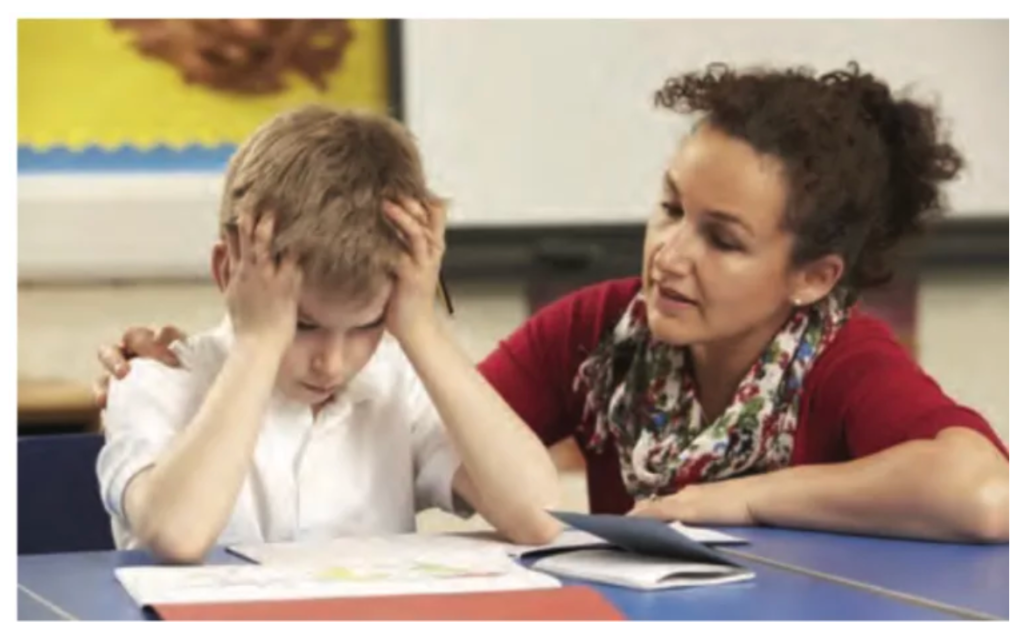
Children and youth who have been abused or neglected need safe, stable, and nurturing relationships and environments to recover from the trauma they’ve experienced. If you are parenting a child or youth with a history of abuse or neglect, you might have questions about the impacts and how you can help your child heal.
As a parent or guardian of a child, you must remember that everyone–including children—is ready to speak about their health and well-being at different speeds than you.
When your child is ready to talk, assure them what happened was not their fault.
This factsheet is intended to help parents (birth, foster, and adoptive) and other caregivers better understand the challenges of caring for a child or youth who has experienced maltreatment and learn about available resources for support.
While child abuse and neglect can leave physical and emotional scars, it can also cause trauma and toxic stress. Trauma occurs when someone directly experiences injury or threat of injury or witnesses an event that threatens or causes serious harm to themselves or a loved one. Toxic stress can occur when a child lacks a supportive parent or other adult and experiences strong, frequent, or ongoing adversity, such as physical or emotional abuse, chronic neglect, caregiver substance use or mental illness, or exposure to violence Responses to trauma experienced by children and youth may vary; some children may be reluctant to trust, some may act out, and some may withdraw from family and friends.
If You’re Unsure What To Say, Try:
Building Resilience and Promoting Protective Factors and Protective Capacities
Although exposure to abuse or neglect increases the risk of negative psychological, social, and emotional short- and long-term outcomes, your child’s resilience may protect him or her from developing poor physical or mental health issues.
Model A Positive Outlook:
When faced with a problem, show your child or youth that the problem is only for a short time and that things will get better. Children and youth learn from your ability to bounce back from and work through tough situations.
Build Confidence:
Let your child or youth know when he or she does something well, such as demonstrating kindness or honesty.
Express Support:
Express love, empathy, and support verbally and physically. Express your love through words, notes, and hugs.
Build Connections:
Create bonds with friends and family that can support your child or youth during challenges and teach him or her to consider other people’s feelings.
Allow Them Express Their Feelings:
Teach them how to identify and describe their feelings and commend them for expressing feelings of hurt or sadness without acting out.
Say Things Like:
“I believe you, I’m so proud of you for telling what happened, that was a brave thing to do, I’m so sorry this happened to you, I’m upset too, but not at you, I am angry with the person who did this, you are not to blame for anything. You did nothing wrong, what are you most worried about right now?
There Is More You Can Do:
Don’t talk about the incident if it’s possible your child can hear you discussing it. Let them know it’s okay to cry or be angry.
See that your child receives therapy, even if they say they don’t want to. A licensed therapist is like seeing a doctor: They may not want to go, but mental health is critical. While you shouldn’t force them to talk about what happened with you or others if they’re not ready, a therapist is different.
Teach your child safe body boundaries and safety rules. Just as you wouldn’t tell them to ignore a pain in their stomach to a doctor, never coach or advise your child on how to act or what to say to professionals or investigators. This could seriously damage the case and confuse or upset your child.
Have no contact with the suspect.
Understand there may be a sudden need for unusual requests. This could include nightlights, leaving doors open, and a need for physical closeness to you.
Prepare your child for what may happen since disclosing their abuse.
Make only promises you know you can keep. Avoid statements like, “Nothing bad will ever happen to you again.”
Allow plenty of time for them to express emotion through creative and athletic output like play, drawing, and athletics.
Child development is complicated enough without the emotional distress that stems from child abuse. If you need help—and help is available—contact your Victim Advocate.
Remember, too, that every child is different and overcoming childhood abuse is a journey. For some it is longer than others and may result in post-traumatic stress disorder, mental health issues, or no discernable difference in childhood development at all.
Abuse and neglect can be overcome with loving family members, friends, and an honest healing process.
Article Credit: leadership